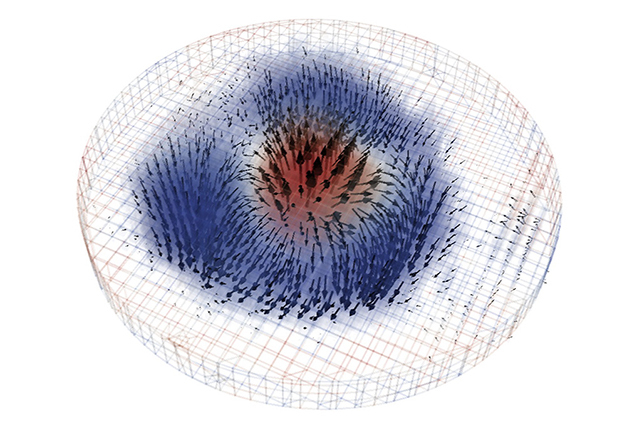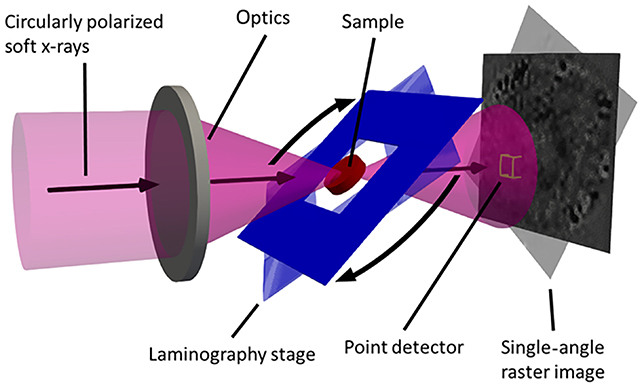For the first time we have a three-dimensional image of a magnetic skyrmion. This small, spiral error in the magnetic properties of some materials could find applications in next-generation electronic storage devices and quantum computers.
While two-dimensional predictions of skyrmions have proven valuable, new research from the US and Switzerland shows that the particle-like vortices are not limited to flat surfaces. They are more complex, which makes determining their 3D structure important.
The new study, led by physicist David Raftrey of Lawrence Berkeley National Laboratory in California, gives us a better understanding of the fundamentals of magnetic materials. Given how widely used they are, there are many potential applications.

“The presence of skyrmions or other magnetic textures at the microscopic level fundamentally determines the properties, behavior and functionality of magnetic materials,” the team writes in their published paper.
At the nanoscale, skyrmions can be found in certain magnetic materials as stable, standing waves consisting of vortices of contrasting electron spins. These vortices can be activated to move in certain ways by applying an electric charge or a magnetic field.
Raftrey and his colleagues used an advanced technique called magnetic X-ray laminography – a process similar to medical CT scans for simpler materials. As an object is moved and rotated, new measurements are taken, creating a 3D image.

In this case, the object was a very small magnetic disk containing skyrmions, only 800 nanometers wide and 95 nanometers thick. Stack about a thousand of them on top of each other and you have the thickness of a standard sheet of paper.
This wasn’t a quick process – taking months in total – but the researchers eventually came to a better understanding of the skyrmion spin structures they were looking for, thanks to the use of some advanced algorithms to combine the X-ray images.
‘In principle you can reconfigure and reconstruct [the skyrmion] from these many, many images and data,” Raftrey explains.
Now that these structures have been mapped in 3D for the first time, we know how they form, how they interact, and how they vary layer by layer – a big improvement over the 2D images we had before.
What physicists like about skyrmions is that they are very stable, very fast and very difficult to dissolve. That suggests they could be useful for storing the ones and zeros of basic data in a more compact and efficient way than traditional approaches.
It is a field of science known as spintronics, which uses electron spins instead of electrons as the basis for computer systems. As previous studies have shown, this would mean major leaps forward in computer size and miniaturization.
“Relying on the charge of the electron, as is done today, is associated with unavoidable energy losses. When using spins, losses will be significantly lower,” says materials scientist Peter Fischer of Lawrence Berkeley National Laboratory.
“Our results provide a basis for nanoscale metrology for spintronics devices.”
The research was published in Scientific progress.


/cdn.vox-cdn.com/uploads/chorus_asset/file/25716336/2401_main_murata.jpg?w=445&resize=445,265&ssl=1)
